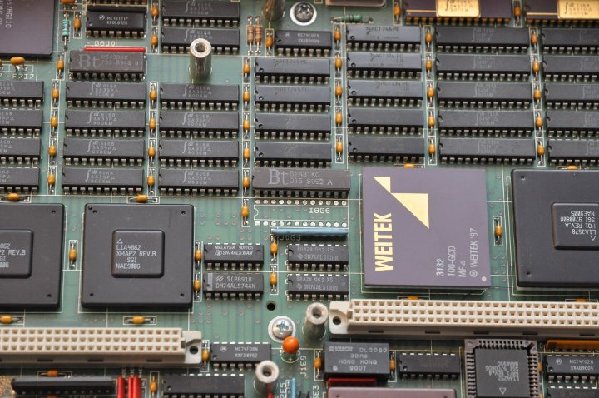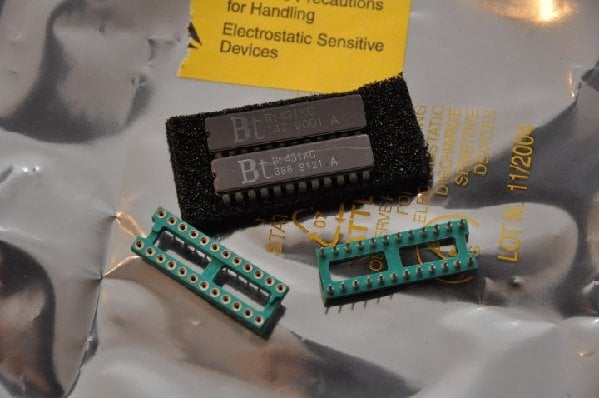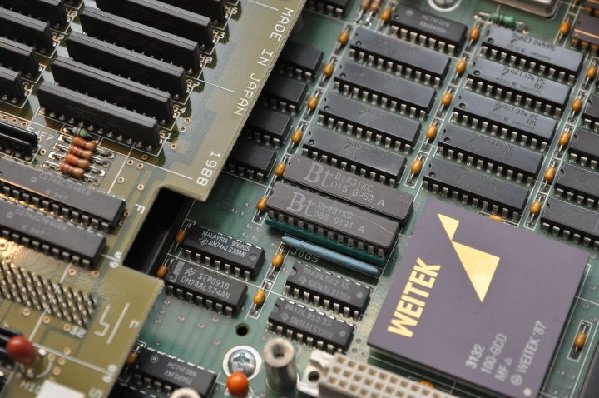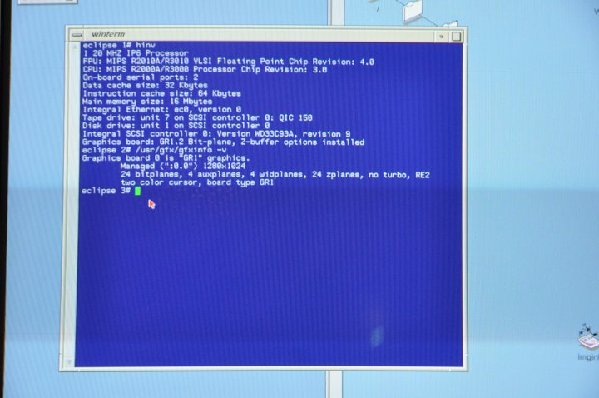nekonoko wrote:
Good info!
If you dig in the comp.sys.sgi archives you can find entire threads about 1050W vs. 1500W PSUs for PowerSeries/Crimsons which were said to be RE capable or not. Unfortunately, I believe most of these people never bothered to open up a system, but instead simply kept rehashing what others said before them. Otherwise they might also have realized also that e.g. a 4D/340 or 440 VGX consumes significantly more power than a Crimson RE (I measured it). I mean, just look at the number of cards in the cardcage...
There are two PSU's for 'diehard'/'diehard2' desksides : originally, a silver PowerOne model was used, later systems have a black Cherokee. Both have the
same ratings
, so they are interchangeable. Unfortunately, the build quality of the Cherokee is rather inferior to the PowerOne model. If you have a black PSU you'd better remove it from the system and make sure the fan is working and not drowning in a cake layer of dirt and dust. Because if that fan dies, the PSU will overheat and self destruct. I know, it happened to me

The PowerOne model will shut down gracefully. I know, that happened to me too

1500W is the input rating for the first stage module of the PowerOne. 1050W is the sum of V*A for all output modules. But because of the modularity of the PowerOne design it's unclear whether the output modules drive the first stage to it's limits (and the difference between 1050W and 1500W is lost as heat in the PSU) or that the first stage is capable of more. There is space for a third output module in the PSU case ... Here are some photo's I took when I cleaned out a PowerOne PSU:
http://vdheijden-messerli.net/sgistuff/ ... wersupply/
Unlike newer systems, Crimsons and 4D's don't have fan monitoring. There's some crude overheating protection but I would not rely on that. Just keep an eye on the fans (PSU and cardcage) to make sure they all work, and keep the system clean. They are pretty reliable beasts, considering their age.
nekonoko wrote:
I may add a second RM4 if I can find one sometime.
Beware that the bridge board connecting GE and RMs must have a connector for a second RM4 too. Not all of them have it.
nekonoko wrote:
The Crimson did come with a free blue Octane2 2x300MHz/V8 though

Guess it wasn't a basement bargain then. I got a freebie Onyx2 and a trunk full of workstations and parts when I bought my Crimson + Predator


















 The PowerOne model will shut down gracefully. I know, that happened to me too
The PowerOne model will shut down gracefully. I know, that happened to me too



















